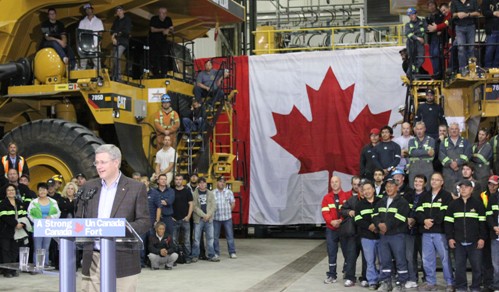Livio Di Matteo is Professor of Economics at Lakehead University in Thunder Bay, Ontario. Visit his new Economics Blog “Northern Economist” at http://ldimatte.shawwebspace.ca/
The aboriginal population of Northern Ontario is growing at a much faster rate than the non-aboriginal population and faces a number of economic and social challenges. Along with education and the acquisition of human capital, another source of future economic welfare improvement must be the employment opportunities associated with resource development in Ontario’s north.
The Ring of Fire will likely be one such opportunity. However, the prospect of other future resource discoveries and associated economic development is now much diminished as a result of the Far North Act passed by the McGuinty Liberal government a year ago. This is unfortunate given the forecast increases in future demand for resources from the developing world – in particular, the Asia-Pacific region.
As a result of the Far North Act, some 225,000 square kilometers of Ontario’s far north will be off limits to resource development – an area that is roughly twenty percent of the province’s land mass. While this action has ostensibly been done with the aim of protecting a large chunk of Ontario’s environmental heritage, it has not been welcomed by northern Ontario’s First Nations.
























